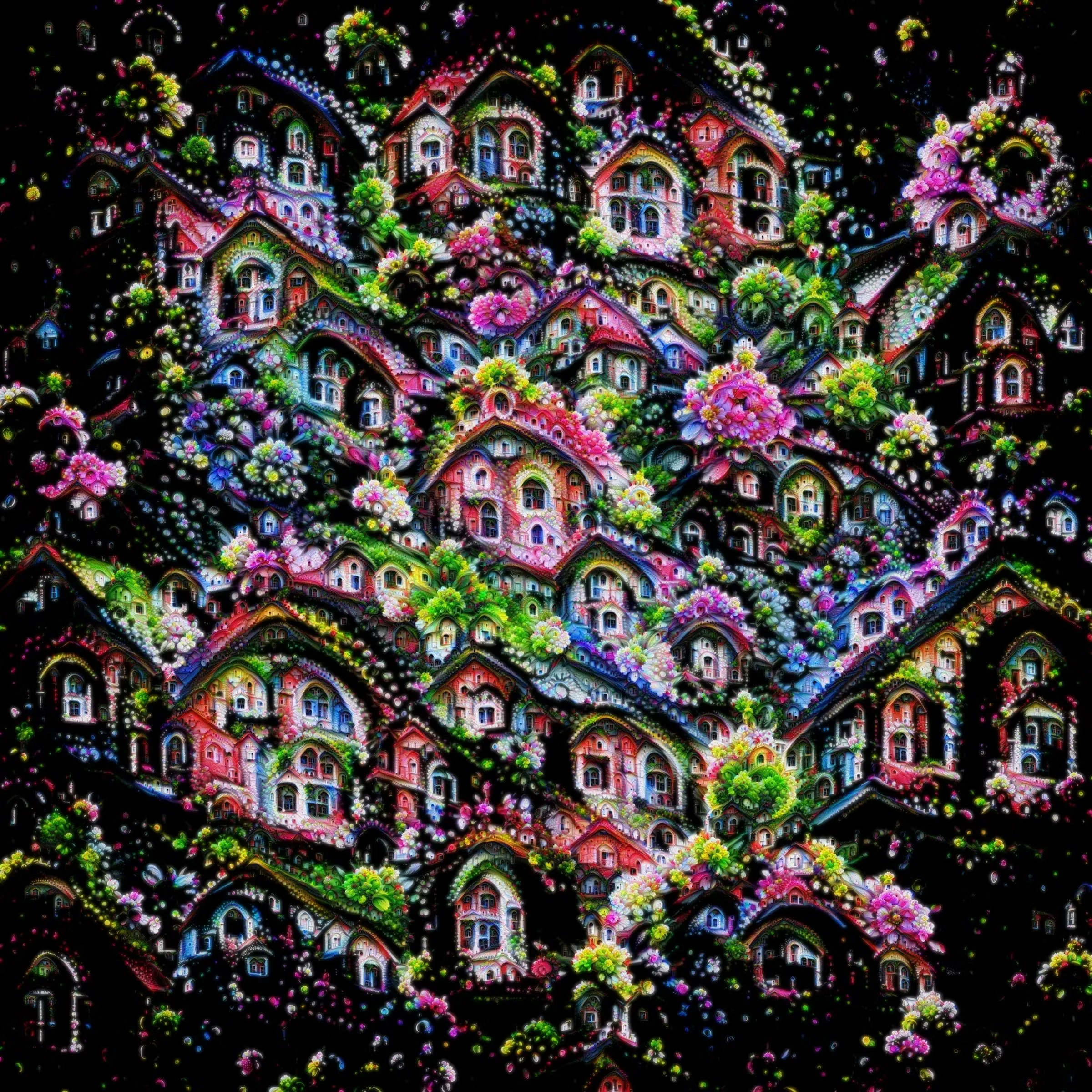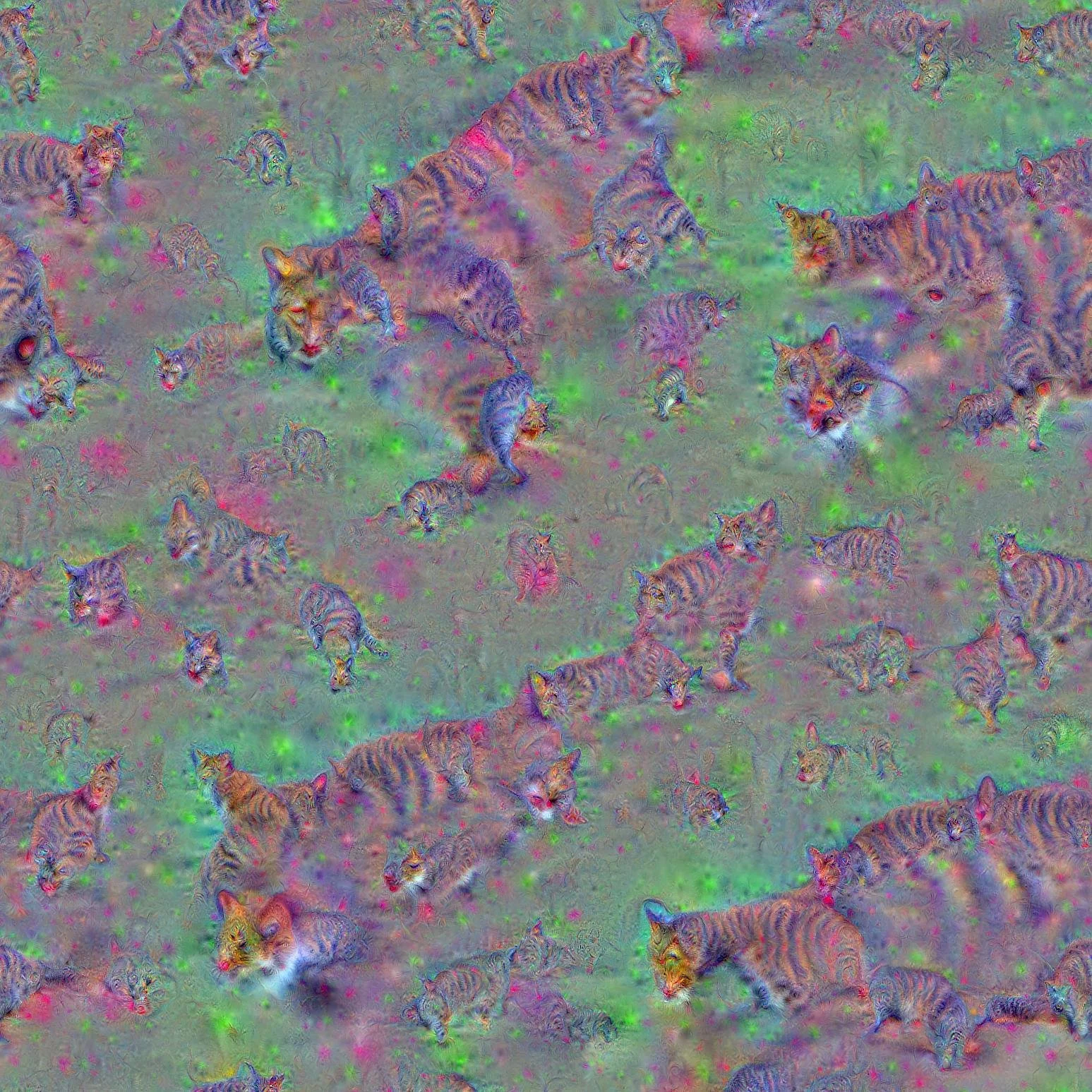
Alexander Mordvintsev
Alexander Mordvintsev is a researcher, artist, and the creative mind behind the renowned DeepDream project. Currently part of Google Research, his work revolves around the visualization, interpretation, and understanding of Deep Neural Networks. Driven by his fascination for emergent phenomena, Alexander combines his expertise in Machine Learning, Computer Graphics, and Vision to create remarkable visual interpretations of complex systems.
Analog

Art On-Chain
-
![]()
Sunset, 2015/05
-
![Father Cat, 2015/05]()
Father Cat, 2015/05
-
![]()
Deep Dream is looking for patterns everywhere 2015/05
-
![]()
Cats, 2015/05
-
![]()
Custard Apple, 2015/05
-
![]()
Flourishing, 2018
Articles
-
![]()
THE ART AND SCIENCE OF ALEXANDER MORDVINTSEV
Alexander Mordvintsev is best known for creating the DeepDream algorithm, which was introduced in 2015 and marks a major milestone in AI image generation. Apart from his significant contributions to this technology, Mordvintsev is also an active artist. In our article, we delve into both his invention and the beginning of his artistic journey.
-
![]()
DEEPDREAM: HOW ALEXANDER MORDVINTSEV EXCAVATED THE COMPUTER’S HIDDEN LAYERS
This article by Arthur I. Miller, published in The MIT Press Reader, tells the story of Alexander Mordvintsev, the Google researcher who created DeepDream algorithm that visualizes how neural networks interpret images. The piece explores how Mordvintsev’s discovery opened a new path in the intersection of art and AI.
-
![]()
DEEPDREAM CREATOR UNVEILS VERY FIRST IMAGES AFTER THREE YEARS
In this article Jason Bailey interviews Alexander Mordvintsev, the creator of DeepDream. The piece reflects on DeepDream’s explosive rise, cultural impact, and influence on the AI art movement, including artists like Mario Klingemann. Mordvintsev discusses the origin of the project, its scientific roots, and his evolving identity as an artist working alongside his wife Iana.
-
![]()
INCEPTIONISM: GOING DEEPER INTO NEURAL NETWORKS
Alexander Mordvintsev, along with colleagues Christopher Olah and Mike Tyka, introduced DeepDream in the article titled "Inceptionism: Going Deeper into Neural Networks," published on the Google Research Blog on June 17, 2015. This article delves into the methods used to visualize and understand the patterns learned by neural networks.

Exhibitions

-
![]()
ART BASEL, UNTITLED ART FAIR, MIAMI, 2024
We presented a curated selection of pioneering AI and technology-driven artworks at the Untitled Miami Art Fair. This program emphasized the historical development and innovative potential of AI in art.
-
![]()
AUTOMAT UND MENSCH 2.0, KVG, ZÜRICH, 2024
As we journeyed 5 years back in time to revisit the Automat und Mensch show, our aim was to reflect upon the trajectory of AI in art and the evolution of generative art over the past half-decade.
-
![]()
AUTOMAT UND MENSCH, KVG, ZÜRICH, 2019
The Automat und Mensch exhibition is, above all, an opportunity to put important work by generative artists spanning the last 70 years into context by showing it in a single location.
-
![]()
MORE THAN HUMAN, BARBICAN CENTRE, 2019
The Barbican's AI: More than Human was an major exhibition exploring creative and scientific developments in artificial intelligence demonstrating its potential to revolutionise our lives.
-
![]()
DEEPDREAM: THE ART OF NEURAL NETWORKS, GRAY AREA, 2016
DeepDream: The art of neural networks is a special gallery show of artworks made using artificial neural networks, organized by Gray Area Foundation & Arts and Research at Google.
-
![]()
ART FAIR ZÜRICH, ZÜRICH, 2018
Alexander Mordvintsev exhibited with Art Me at Art Fair Zurich, sponsorsed by Google, showcasing his artworks created using DeepDream algorithms.


























